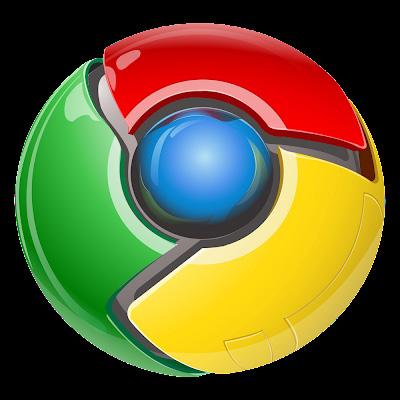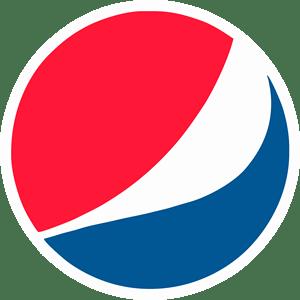
1 minute read
INTOSOCIETY’SSHIFTMINIMALISM Minimalismisbecomingmoreandmorepopularinthepastfewyears
from March 15, 2023
by North Star
The first main iteration of the Google logo featured the normal red, yellow and green color on the sides with the blue middle dot. What was different about this logo was its 3D style with clear reflection and even what looks to be a panel to clearly show what is a metallic body.

Advertisement
This logo is the best iteration of the Google logo because of the detail and how it represents being a part of a machine, which is important considering Google is run on a machine. The first big change, is unfortunately, where they canned the metallic 3D take on the logo and opted for something more subtle. Featuring duller colors and gradients to add depth, this logo is similar to the one currently in use. Looking back at this change in hindsight, it’s not much of a surprise to see how it would change into what it is today.
When looking at what the logo is today, I can’t help but feel bleak about the future of design. The current Google Chrome logo consists of the core design with the same four colors it has always used. That’s it. No gradients, no depth, not even a new color.

It’s a shame because there are so many interesting things Google could do with it and still keep the iconic look. Even a different texture of color would be interesting to see.

At this point you might be thinking to yourself, “It’s just a logo, who cares?” If this only applied to logos, I wouldn’t care either. Unfortunately, the Google logo is just an example of a pattern happening throughout the world, especially in the U.S. This can be seen everywhere from technology, clothing and worst of all, architecture. Actual people live in monotonous white and gray houses that were copy and pasted throughout an entire neighborhood. Recently built subdivisions are more reminiscent of the ‘One of Us’ scene from “I Robot” than living spaces for families. The idea of minimalism isn’t inherently a problem, but it’s becoming commonplace in areas where it really shouldn’t be. Obviously, a student can’t try to change the Google logo or change the way houses and subdivisions are built and expect much success. However, they can use their creativity to transform their personal spaces and belongings into something that truly represents them, rather than the single monotone color or simple geometrical pattern that is splashed on everything around them. If the youth of today’s societies do this, we might be able to escape the minimalist world we live in for a world full of creativity and personality.











